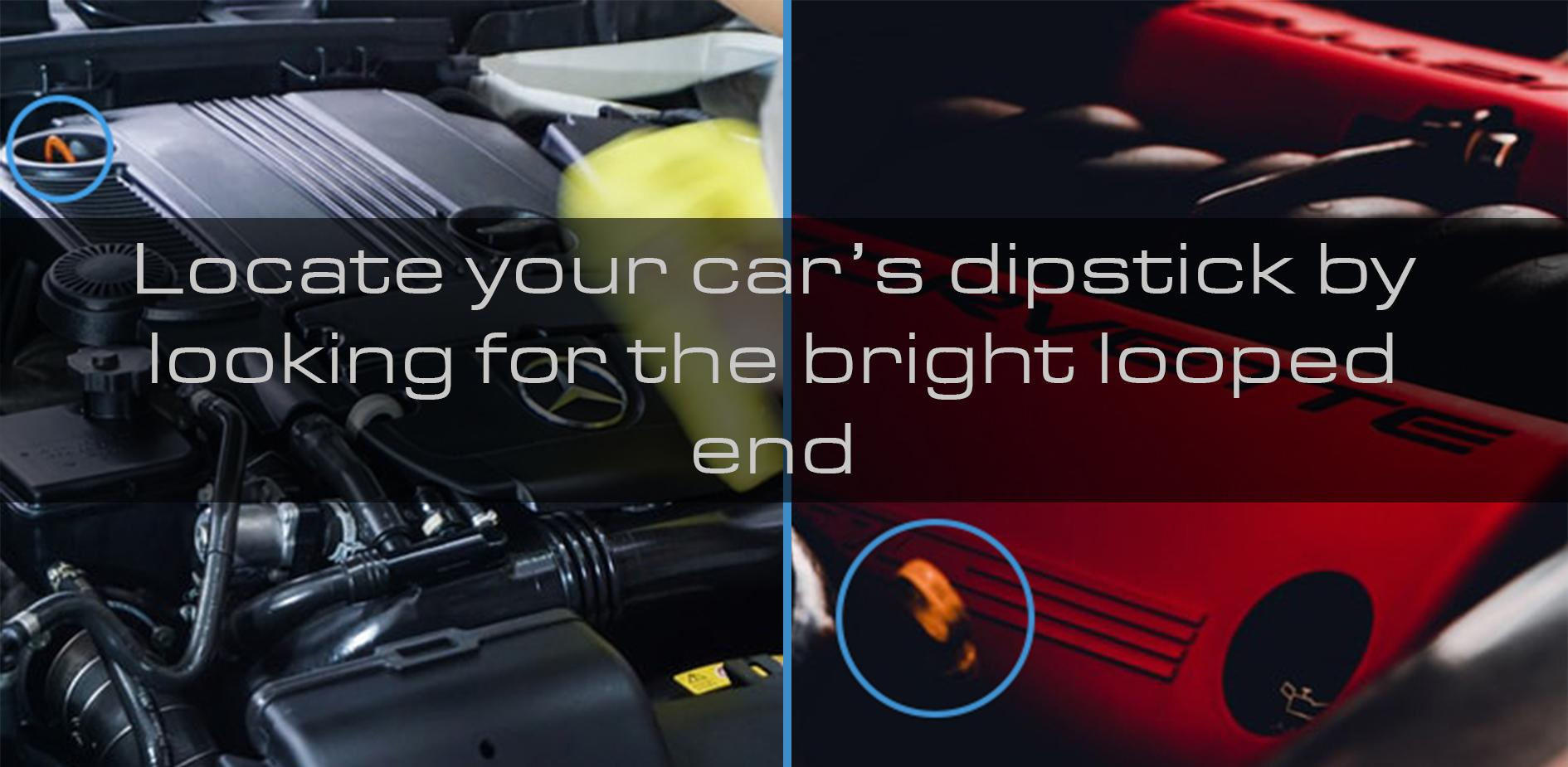Checking and Topping Up Engine Oil

Do you check your engine oil levels regularly? You could be leaving the door open for serious engine issues if you don’t!
After a few years of being produced, most vehicles begin to consume more oil – even some vehicles right off the showroom floor use larger amounts of oil! This is nothing to worry about, as long as you keep your eye on oil levels.
How do I know if my engine oil needs a top up?
The most basic way to know is by checking the dipstick, which you should do at least once a week – this will allow you to stay on top of it and avoid any major issues.
Here is a diagram for how to read your dipstick

Other signs your engine oil is too low may be:
- Engine oil pressure warning light on the dash
- Knocking sound from the engine on startup or whenever it’s running
- Overheating
- Loss of power
If your oil level has dropped low enough to display any of these symptoms, there is already expensive damage being done, but don’t worry, there’s ways to top your oil up so that these don’t happen!
Topping up your engine oil
What you will need:
- Bottle of suitable engine oil (a 1L bottle should suffice)
- Funnel
- Cleaning accessories
- Gloves are also handy
Every engine is different and will require a specific grade of engine oil. You can usually find the correct engine oil in your car’s owner’s manual, or alternatively you can contact your local spare parts specialist – such as us – and they can lead you in the right direction.
Once you have the correct oil, it’s time to top it up! If your vehicle has been running, allow a few minutes with the engine off for the oil to settle.
Next, remove the dipstick and wipe it clean (with a rag or cloth) – the dipstick should be seen protruding from the front or side of the engine.

Push the dipstick all the way in, wait a second, then pull it back out to check the level – keep the rag in your other hand to catch any oil drips.
The oil level should (hopefully) be between the full level and low level marks, not above or below.
However, if the oil level is low, remove the oil cap and add a small amount of oil using a funnel, you shouldn’t need more than a litre – the scale on the side of the oil bottle will indicate how much you have added. Continue checking the level until full.
Once the level is correct, ensure you secure the dipstick and oil cap, and wipe away any spilt oil.
The correct amount of engine oil helps to keep your engine running smoothly and reduces the speed at which your engine wears. In the long run, quick & simple oil checks will save you time and money!
